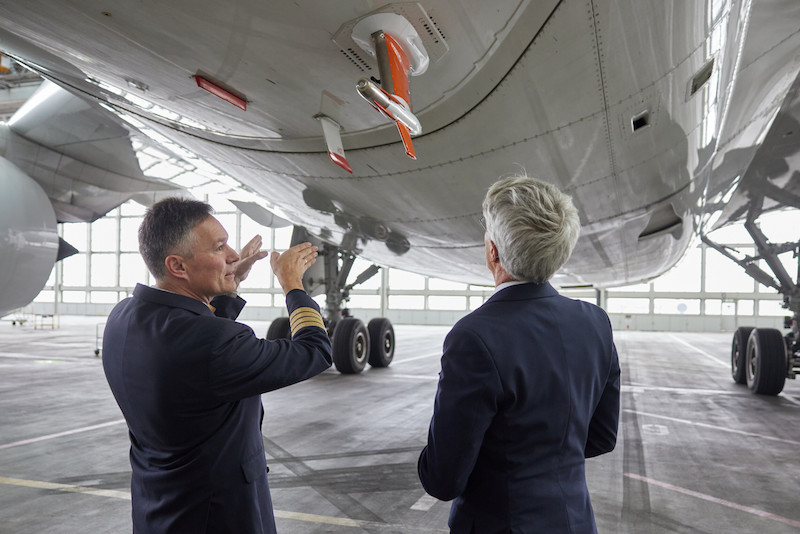
(TAN): The Lufthansa Group and the Karlsruhe Institute of Technology (KIT) are in the process of converting the Lufthansa Airbus A350-900 “Erfurt” (registration D-AIXJ) into a flying research laboratory, the airline said in a news release.
“We want to make flying more sustainable. That is why we have been supporting climate research for decades. The conversion of our Lufthansa Airbus A350 into a climate research aircraft is a globally unique project in which colleagues from a wide variety of areas at Lufthansa have been working together with partners in science for years. Our aim is to make a valuable contribution to climate research. The data that our aircraft will collect worldwide in the future will help to improve today’s atmospheric and climate models and thus their informative value for the future climate on earth,” said Lufthansa Airlines CEO Jens Ritter.
[ALSO READ: Hyatt Regency Mexico City Insurgentes opens doors to guests]
Over the next few months, a measurement laboratory weighing around 2 tonnes and specially developed for the project will be set up. Around 20 measuring instruments will be installed in the laboratory, which will later be loaded into the cargo hold as a cargo container and connected to the measuring system on the outer fuselage of the aircraft. Next year, this high-tech laboratory will take off for the first time and collect climate data on selected flights in Lufthansa’s worldwide scheduled operations.
The laboratory continuously records more than 100 different trace gases, aerosol, and cloud parameters from the ground to the tropopause region at an altitude of nine to thirteen kilometers. What makes it special: Climate-relevant parameters can be recorded at this altitude with significantly higher accuracy and temporal resolution on board the aircraft than would be possible with satellite- or ground-based measurement systems.
[ALSO READ: Manta season is here at Four Seasons Resort Maldives at Landaa Giraavaru]
“IAGOS-CARIBC helps to close an essential gap in our understanding of the climate system. With the high-precision measurements of many parameters, we can understand which atmospheric processes are changing and how in climate change, in an altitude region where most of the atmospheric radiation budget, i.e., the greenhouse effect, is generated and changed. We can thus identify process-specific errors and their causes in climate models and subsequently improve their predictive capabilities,” said Andreas Zahn of KIT and coordinator of IAGOS-CARIBIC.




